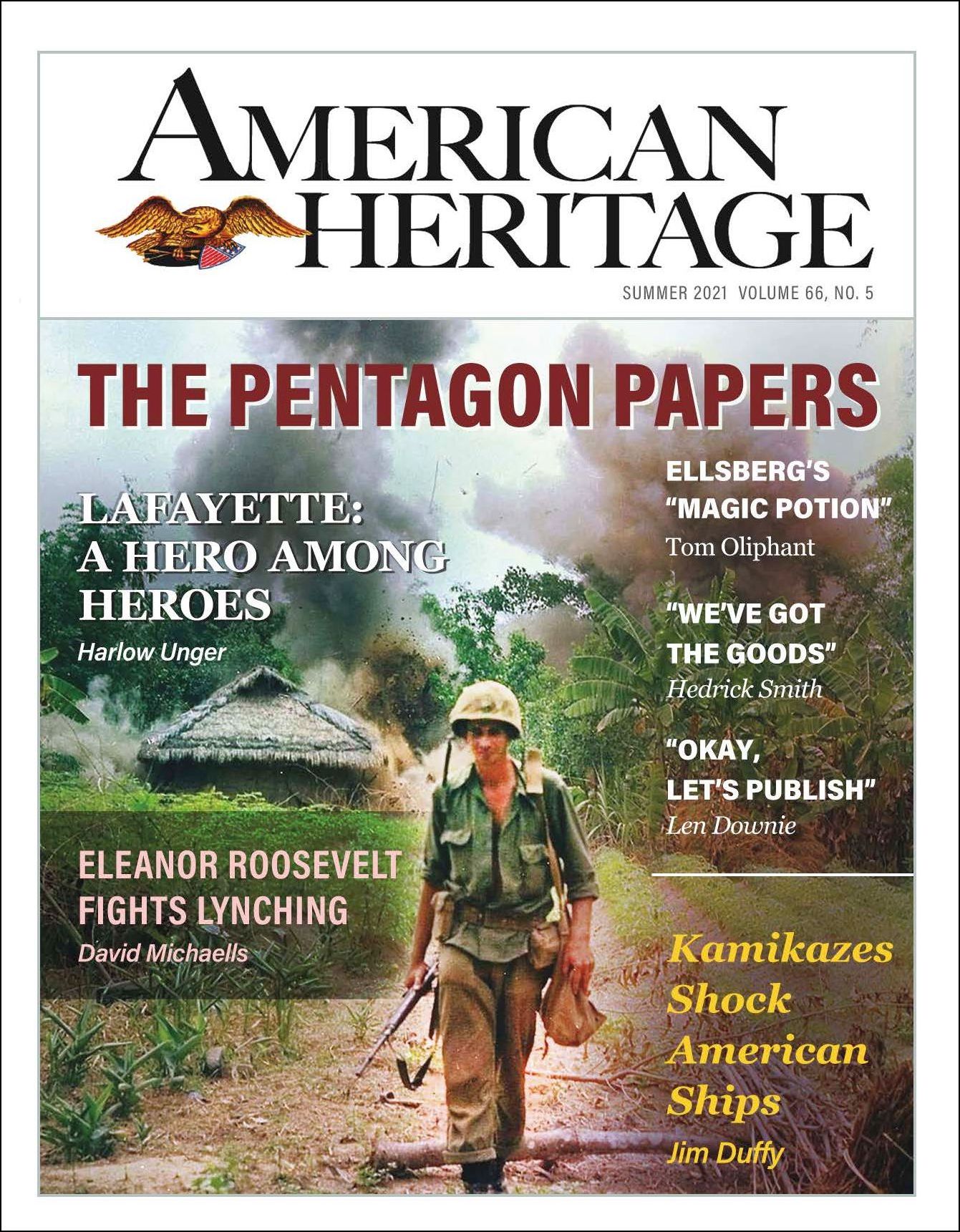On May 3, 1942, a small detachment of Japanese sailors, the grd Kure Special Landing Force, landed without opposition on Tulagi Island, then capital of the British Solomon Islands.
Their prize was a group oi faded, tin-roofed wooden buildings, a cricket field, and one of those peculiarly British colonial institutions called “The Residency.” The usual inhabitants of the little seat of government, the mixed group of missionaries, civil servants, and Chinese traders, had been forewarned and had left.
After making what shift they could for their own comfort, the Kure men settled down in the tropic heat. They were only an outpost. They had been landed on Tulagi as the flank of the New Guinea front the Japanese were trying to develop in the late spring of 1942.

